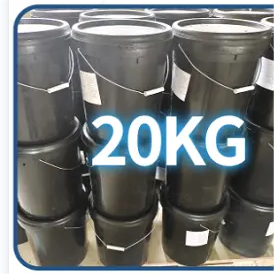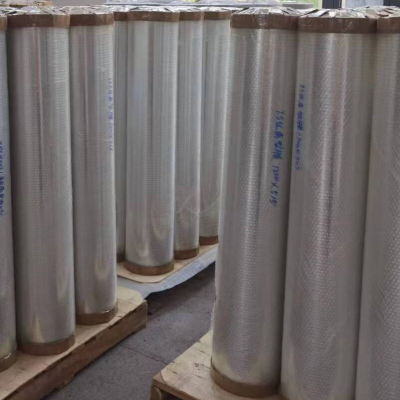UV adhesive bonding acrylic board operating techniques and precautions
UV glue as a kind of adhesive with high optical transparency, transparent and colorless after curing, can reflect the clear and transparent characteristics of acrylic products, and strong adhesive force, very suitable for acrylic bonding fixed. Today we will share with you a few common acrylic bonding methods and precautions, if you are also looking for acrylic UV adhesive, be sure to look down!
Several common bonding methods for acrylic UV adhesive:
1. elevation bonding:
Elevation bonding in acrylic products is one of the most widely used bonding method, you need to wipe the surface of the acrylic clean before bonding, it is best to use the leaning mold to achieve bonding, so that the bonded object does not shake, and is conducive to improving the quality of bonding. General thickness of 3mm or less cross-section bonding can be directly from one side of the uniformly slow injection of UV glue, and then irradiated with UVLED curing lamps to complete the curing; thickness greater than 3mm cross-section bonding, can be padded into a fine wire, the principle of capillary action to complete the UV glue sizing, sizing in the UVLED curing lamps before irradiation to pull out the metal, or you can do not need to stick to the parts of the tape protection, leaving the application of glue parts coated with UV glue, or you can use UVLED to protect the parts of the tape. Leave the gluing part coated with UV glue, and then oblique into the acrylic board extrusion bubbles, and then finally irradiated with UVLED curing lamp to complete the curing.
2. oblique bonding
In the acrylic products beveled bonding, bonding beveled surface must be 90 degrees against the mold, in order to prevent the adhesive surface displacement. Dot coating UV glue should pay attention to uniformity and slow, after the completion of the coating, and then irradiated with UVLED curing lamp curing.
3. plane bonding
In the acrylic products bonding, plane bonding is a special method. In plane bonding, we first need to wipe the sticky surface clean, placed horizontally, and then UV glue coating. Put another acrylic board on one side diagonally, contact the acrylic board coated with UV glue, and then evenly and slowly put down, from one side of the bubble base or clamped with a fixture to discharge bubbles, and then finally irradiate the curing with UVLED curing lamps.
Acrylic UV adhesive operation notes:
1. In order to prevent the overflow of uv glue contamination of acrylic sheet, you can use the sticker method to protect the parts that do not need to be bonded.
2. Grease, dust or air holes will affect the uv glue layer evenly coated and leave bubbles, must be carefully removed before bonding.
3. bonding uv glue such as dosage is too small, will make the glue curing process produces shrinkage, bring in air bubbles.
4. Indoor temperature and humidity and other factors also have a certain impact on the bonding of acrylic products.
5. The stress on the surface of the acrylic sheet, the surface stress caused by the cutting tool and degradation, will affect the bonding effect of acrylic products.
6. Acrylic material transmittance and different power uv curing lamps with different ultraviolet intensity, the complete curing time varies, a large number of processing and production should be done before the small batch test, in order to master the complete curing time of the empirical data.





